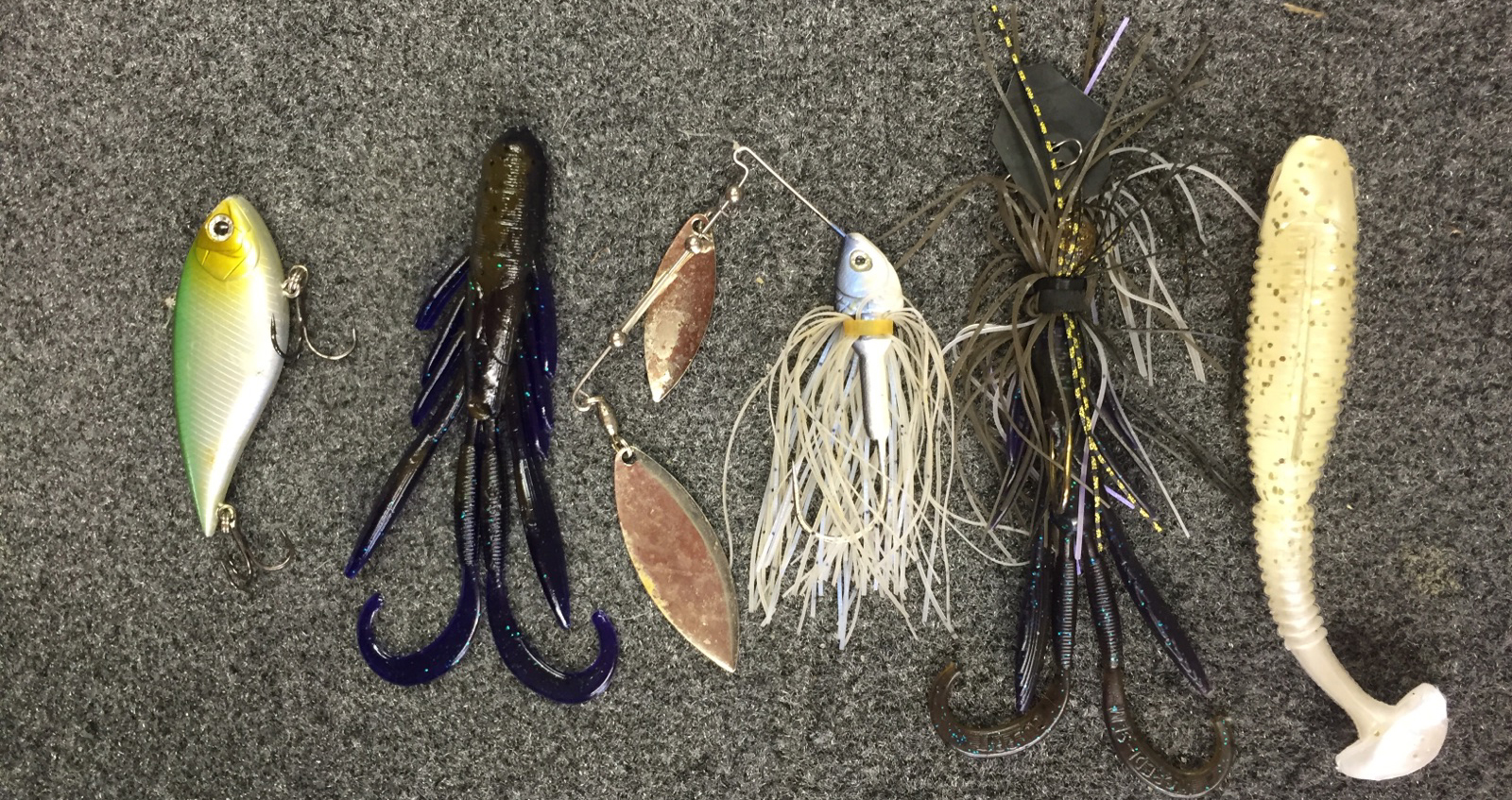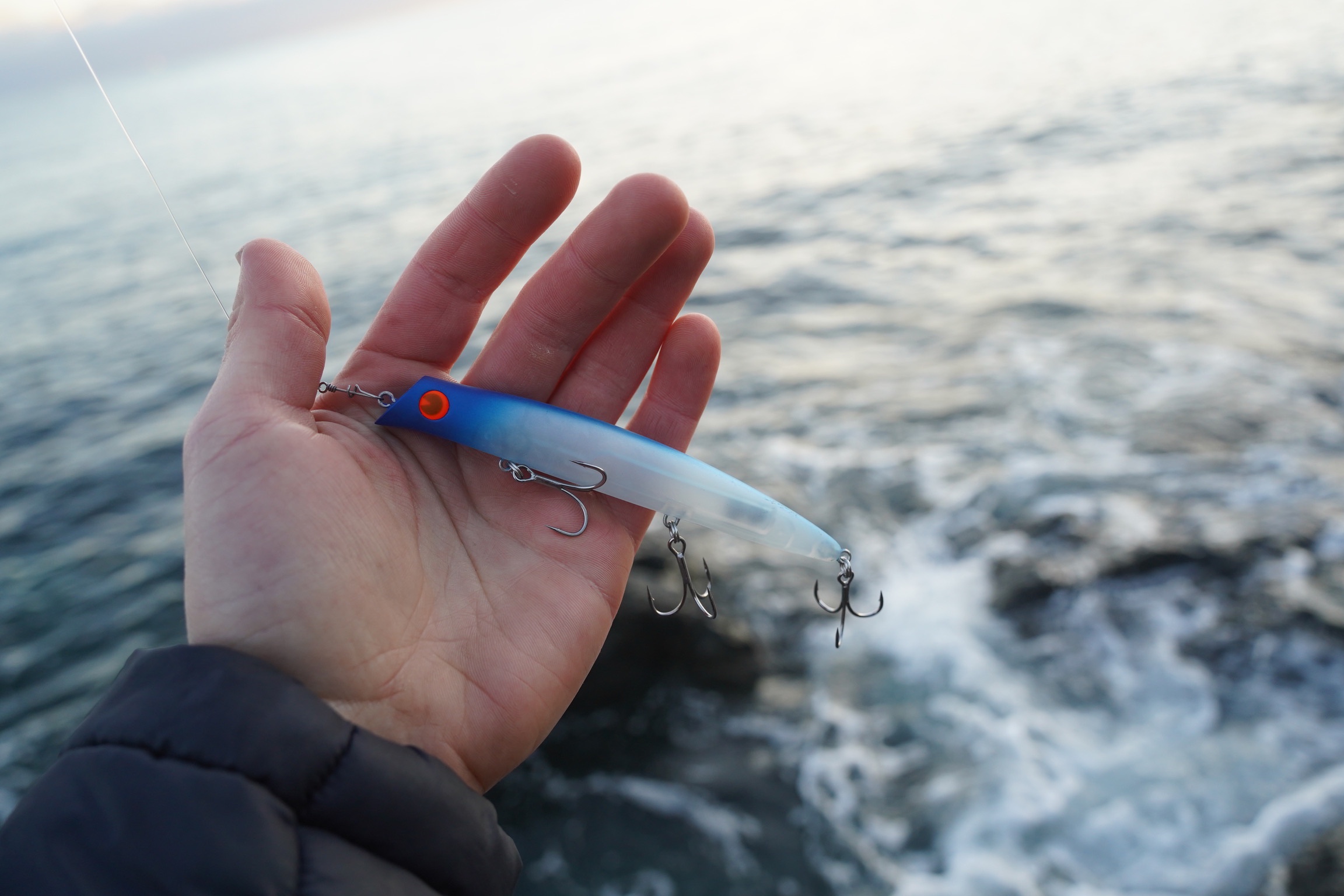Best Bass Fishing Lures for Nighttime Angling Success
Explore the Tricks Behind Efficient Bass Lures to Improve Your Angling Experience
Understanding the details of bass Lures can greatly influence fishing success. Various Lures offer distinctive purposes, from crankbaits designed for broad insurance coverage to jigs that target particular structures. The performance of these Lures typically rests on factors such as color, activity, and seasonal patterns. By grasping these aspects, anglers can unlock a much more gratifying experience. The concern stays: which approaches will yield the best outcomes on the water?
Comprehending Bass Habits and Habitat
Recognizing the habits and habitat of bass is critical for anglers seeking success on the water. Bass are functional fish located in various freshwater atmospheres, consisting of lakes, ponds, and rivers. They have a tendency to favor areas with framework, such as immersed rocks, dropped trees, and marine plant life, which supply shelter and hunting grounds.
Seasonal patterns significantly influence their actions; in warmer months, bass frequently live in superficial waters, while they pull back to much deeper locations during colder seasons. Best Bass Fishing Lures. Their feeding behaviors are opportunistic, with a diet regimen being composed mostly of smaller fish, bugs, and crustaceans
Time of day likewise plays a function; bass are a lot more energetic during early mornings and late evenings. Climate problems can impact their actions also, as overcast days might urge superficial feeding, whereas brilliant sunlight typically drives them to look for cover. Recognizing these patterns outfits fishermens with the understanding required for efficient angling approaches.
Types of Bass Lures and Their Uses
A selection of bass Lures are crucial tools for fishermens aiming to attract this preferred video game fish. These Lures can be classified into several kinds, each serving distinctive purposes. Crankbaits, developed to mimic the swimming action of baitfish, are efficient for covering huge locations swiftly. Spinnerbaits, featuring rotating blades, create vibrations and flashes that can entice bass hiding in cover. Jigs, with their heavy heads and weedless layout, are ideal for bottom angling, allowing fishermens to existing bait near structures where bass typically lurk. Soft plastics, such as worms and creature baits, provide flexibility and can be rigged in multiple means to adjust to differing conditions. Topwater appeals, like frogs and poppers, are best utilized during low-light hours when bass are proactively feeding upon the surface. Each type of lure plays a crucial duty in enhancing fishing experiences and increasing the probability of effective catches.

Shade and Design: What Draws In Bass?
What aspects affect bass destination to certain attraction design and colors? The interplay of light, water clarity, and the natural surroundings plays a crucial function. Intense colors, such as chartreuse and orange, can capture a bass's eye in murky waters, while much more controlled tones like greens and blues may master clear conditions.
Style elements, including form and activity, likewise considerably impact bass attraction. Lures that simulate all-natural target, such as baitfish or crawfish, are especially reliable. Additionally, the presence of sensible information, like scales or fins, improves the lifelike appearance, more attracting bass.
Emotional elements, such as a bass's feeding practices and territorial impulses, have to not be ignored. In specific situations, bold styles can prompt a response from hostile bass, while refined variants can attract much more careful fish. Eventually, recognizing design and color subtleties is vital for optimizing lure effectiveness.
Matching Lures to Water Issues
Picking the appropriate lure includes even more than just design and color; water problems play a substantial role in identifying one of the most efficient options. Variables such as water depth, quality, and temperature level directly affect bass actions and their feeding patterns. In clear water, all-natural colors and refined presentations have a tendency to be much more efficient, while dirty problems may ask for brighter, more lively Lures that can attract interest.
Temperature level additionally influences bass activity; during warmer months, faster-moving Lures can elicit strikes, whereas cooler temperature levels may need slower, more calculated discussions. Furthermore, much deeper waters frequently demand larger Lures that can get to the desired depth, while superficial locations are better fit for lighter, surface-oriented options.
Methods for Efficient Entice Presentation
Grasping the techniques for efficient appeal presentation can dramatically enhance angling success. Fishermens must concentrate on the rate and rhythm of their retrieves, adapting them to imitate the all-natural motion of target. A stable recover works well for several lures, however incorporating stops can cause strikes from a lot more careful fish. In addition, varying the depth of the lure is important; utilizing various casting angles and adjusting the reel can assist target fish at various midsts.
Utilizing a mix of skill presentations, such as twitching or dragging the attraction across all-time low, can also be effective. It is necessary for fishermens to review the water and adjust their strategies based upon visibility and framework. Offering Lures near cover, like immersed rocks or plant life, often produces much better results, as bass often tend to look for shelter. Inevitably, trying out various strategies will cause a much more rewarding fishing experience.
Seasonal Factors To Consider for Tempt Option
Seasonal modifications significantly influence bass behavior and attraction performance. As water temperatures fluctuate, anglers need to adjust their attraction choices to straighten with pre-spawning and post-spawn problems. Understanding these seasonal patterns can boost angling success by targeting bass at their most active times.
Seasonal Water Temperature Level Effects
As water temperature levels vary throughout the year, bass habits and feeding patterns change, influencing the efficiency of different appeals. During cooler months, bass tend to become lethargic, preferring slow-moving Lures that simulate struggling target. In comparison, as temperature levels rise in springtime, bass end up being much more energetic, making faster, extra hostile Lures reliable. Mid-summer sees bass seeking much deeper, cooler waters, requiring making use of Lures that can get to these depths. As temperature levels start to decrease in loss, bass typically feed greatly in preparation for winter season, making functional Lures that can copy a selection of forage types specifically effective. Comprehending these seasonal temperature effects enables anglers to select suitable Lures that line up with bass actions, maximizing their fishing success.
Pre-Spawning Tempt Choices
What variables influence the selection of Lures throughout the pre-spawning duration for bass? Fishermens have to take into consideration water temperature, climate condition, and the bass's feeding behavior. As temperatures climb and days extend, bass come to be extra aggressive and energetic, motivating a change in their feeding patterns. During this moment, tempts that mimic the all-natural target of bass-- such as shad or bluegill-- are particularly reliable. Popular choices consist of spinnerbaits, lipless crankbaits, and jigs, which can be fished at different midsts. Furthermore, anglers must focus why not try this out on areas with cover, such as immersed plants or rough structures, as these spots often bring in pre-spawn bass. Bass Lures. Comprehending these elements can considerably boost the possibilities of an effective fishing journey during this critical seasonal phase
Post-Spawn Techniques Adjustments
Although post-spawn bass exhibit different actions than during the pre-spawn phase, efficient appeal selection remains vital for fishermens aiming to target them successfully. After generating, bass typically come to be lethargic and seek much deeper waters, making it this important to readjust appeal selections as necessary. Fishermens should take into consideration making use of slower-moving baits, such as jigs or soft plastics, which can attract bass that are much less aggressive. Crankbaits with a subtle activity can also work, permitting a slower presentation that resembles the natural post-spawn forage. Furthermore, angling near structure, such as immersed plant life or rocks, can enhance opportunities of success. By recognizing these seasonal changes, fishermens can enhance their fishing experience and improve their catch prices during the post-spawn duration.
Frequently Asked Questions
Exactly how Do I Choose the Right Pole for Bass Angling?
To select the appropriate pole for bass angling, one should consider the pole's action, power, and length. A tool to medium-heavy pole, around 6 to 7 feet, is typically excellent for flexibility and control.

What Is the Finest Time of Day to Capture Bass?
The most effective time of day to capture bass is generally morning and late afternoon. During these periods, bass are more active, feeding near the surface area, making them easier targets for anglers using effective appeals.
Exactly How Do Weather Influence Bass Angling Success?
Weather condition conditions substantially affect bass fishing success. Warmer temperature levels and cloudy skies often encourage bass activity, while cold snaps can create sleepiness. Rainfall can likewise boost feeding habits, making it essential for anglers to adapt their methods as necessary.
Can I Use Lures for Various Other Fish Species?
Yes, lures created for bass can additionally work for various other fish species. Nonetheless, choosing the proper dimension, color, and action according to the target varieties and their feeding routines stays vital for success.
What Prevail Blunders When Utilizing Bass Lures?
Usual blunders when utilizing bass Lures include selecting inappropriate sizes or colors, recovering also rapidly, stopping working to adjust to weather conditions, and ruling out water depth. These errors can significantly minimize the opportunities of a successful catch.
As water temperature levels change throughout the year, bass behavior and feeding patterns transform, influencing the effectiveness of numerous attractions. Mid-summer sees bass seeking much deeper, cooler waters, demanding the usage of Lures that can reach these midsts. Post-spawn bass show various habits than during the pre-spawn stage, efficient attraction option stays vital for fishermens aiming to target them click reference efficiently. After spawning, bass usually become inactive and seek deeper waters, making it essential to change lure choices accordingly. Typical errors when utilizing bass Lures include choosing improper sizes or colors, fetching also swiftly, failing to adapt to weather problems, and not considering water deepness.